Minimum depth - raft system
wordwiz
13 years ago
Related Stories
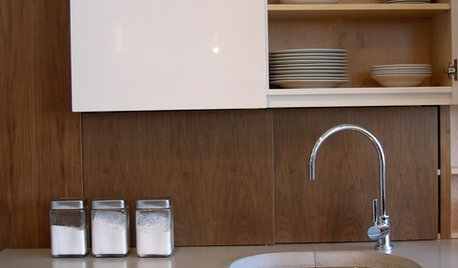
KITCHEN WORKBOOK8 Kitchen Amenities You'll Really Wish You Had
Keep kitchen mayhem and muck to a minimum with these terrific organizers and other time-saving, mess-preventing features
Full Story
STANDARD MEASUREMENTSThe Right Dimensions for Your Porch
Depth, width, proportion and detailing all contribute to the comfort and functionality of this transitional space
Full Story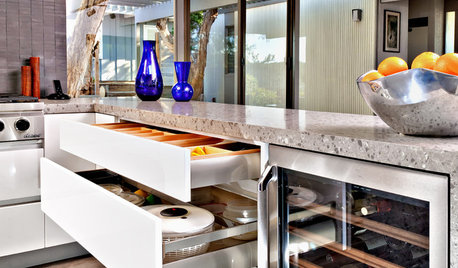
KITCHEN CABINETS9 Ways to Configure Your Cabinets for Comfort
Make your kitchen cabinets a joy to use with these ideas for depth, height and door style — or no door at all
Full Story
FLOORSIs Radiant Heating or Cooling Right for You?
Questions to ask before you go for one of these temperature systems in your floors or walls (yes, walls)
Full Story
LANDSCAPE DESIGNDitch the Ordinary Ditch: Create a Realistic Dry Creek Bed
Here’s how to turn your water runoff system into an eye-catching accent for your landscape
Full Story
DISASTER PREP & RECOVERYMore Power to You: How to Pick the Right Generator
If your home's electricity goes, don't let it take your necessities with it — keep systems running with this guide to backup power
Full Story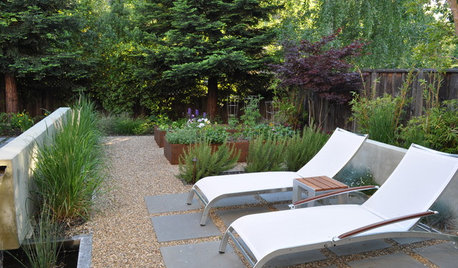
URBAN GARDENSHarvest the Bounty of a Patio Garden
Make the most of small spaces on decks and balconies to enjoy your pick of vegetables, fruits and herbs
Full Story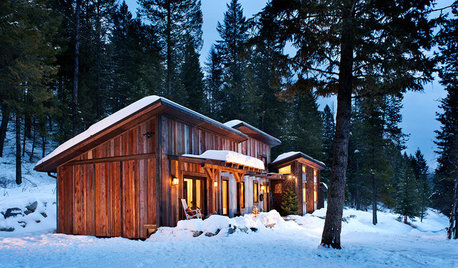
HOUZZ TOURSHouzz Tour: Resourcefulness Shows in a Rugged Montana Cabin
Reclaimed materials and a simple plan help a carpenter build his own inviting, energy-efficient home
Full Story
DECORATING GUIDESCalifornia Law: License to Practice Interior Design?
A proposed bill that would require a license to practice interior design in California has Houzzers talking. Where do you stand?
Full Story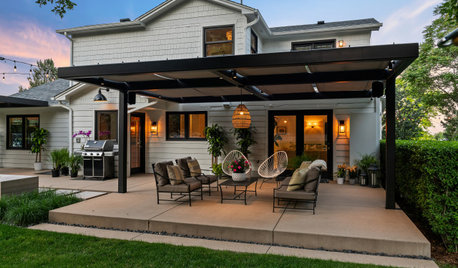
WORKING WITH PROSYour Guide to a Smooth-Running Construction Project
Find out how to save time, money and your sanity when building new or remodeling
Full StorySponsored
Columbus Area's Luxury Design Build Firm | 17x Best of Houzz Winner!
More Discussions


homehydro
wordwizOriginal Author
Related Professionals
Benbrook Landscape Architects & Landscape Designers · Roxbury Crossing Landscape Architects & Landscape Designers · Springfield Landscape Contractors · Chattanooga Landscape Contractors · Conroe Landscape Contractors · Madera Landscape Contractors · Manhattan Landscape Contractors · Mastic Beach Landscape Contractors · Peoria Landscape Contractors · Shaker Heights Landscape Contractors · Shoreview Landscape Contractors · Smyrna Landscape Contractors · Streamwood Landscape Contractors · Vancouver Landscape Contractors · Wallingford Landscape Contractorshomehydro
Thaihydrofarmer
homehydro
Thaihydrofarmer
homehydro
Thaihydrofarmer
wordwizOriginal Author
Thaihydrofarmer
homehydro
wordwizOriginal Author
homehydro
wordwizOriginal Author
mawmawangela
ratherbboating